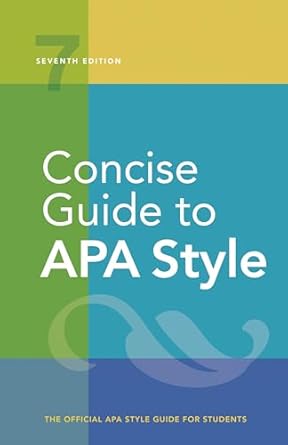[toc]
disability language biasfree guidelines respect
Concise Guide to APA Style: 7th Edition (OFFICIAL)
Page 86 Review
Navigating Disability Language: A Critical Review of Bias-Free Guidelines
This excerpt from an ebook delves into the complexities of disability language, offering valuable insights into respectful and inclusive communication.
It highlights the evolving nature of language and emphasizes the importance of honoring the preferences of individuals and groups with disabilities.
This commentary will analyze the key principles outlined in the excerpt, focusing on person-first and identity-first language, and their implications for fostering a more inclusive and equitable society.
The Foundation: Respect and Dignity
The excerpt rightly establishes that “the overall principle for using disability language is to maintain the integrity (worth and dignity) of all individuals as human beings.” This principle serves as the bedrock for all subsequent guidelines.
It underscores that language should not diminish or devalue individuals based on their disability, but rather acknowledge their inherent worth and dignity as members of the human family.
Understanding Person-First Language
The excerpt explains person-first language, where “the person is emphasized, not the individual’s disabling or chronic condition (e.g., use “a person with paraplegia” and “a youth with epilepsy” rather than “a paraplegic” or “an epileptic”).” This approach aims to avoid defining individuals solely by their disability, recognizing that they are multifaceted individuals with diverse identities and experiences.
The examples provided, such as “people with substance use disorders” instead of “substance abusers,” effectively illustrate how person-first language can de-stigmatize conditions and promote a more humanizing perspective.
The Rise of Identity-First Language
The excerpt then introduces identity-first language, a contrasting yet equally important perspective.
It explains that in identity-first language, “the disability becomes the focus, which allows the individual to claim the disability and choose their identity rather than permitting others (e.g., authors, educators, researchers) to name it or to select terms with negative implications.” This approach is often “used as an expression of cultural pride and a reclamation of a disability that once conferred a negative identity.” Examples such as “blind person,” “autistic person,” and “amputee” demonstrate how identity-first language can empower individuals to embrace their disability as an integral part of their identity.
The Nuances of Deaf Culture
The excerpt highlights the specific preferences within Deaf culture, stating that “some Deaf individuals culturally prefer to be called “Deaf” (capitalized) rather than “people with hearing loss” or “people who are deaf.” It further emphasizes using the term “hard of hearing” rather than “hearing-impaired.” This example underscores the importance of respecting the specific language choices and cultural norms within different disability communities.
As the excerpt notes, “Honoring the preference of the group is not only a sign of professional awareness and respect for any disability group but also a way to offer solidarity.”
The Evolving Landscape of Disability Language
The excerpt acknowledges that “the language to use where disability is concerned is evolving.” This is a crucial point, as language is dynamic and constantly shaped by social and cultural forces.
The guidelines encourage authors to “use terms and descriptions that both honor and explain person-first and identity-first perspectives.” The emphasis on understanding that “the expressed preference of people with disabilities regarding identification supersedes matters of style” is paramount.
This means that individuals and communities with disabilities should have the autonomy to define themselves and choose the language that best reflects their identity and experiences.
Key Takeaways and Implications
This excerpt provides a valuable framework for navigating the complexities of disability language.
By highlighting the principles of respect, dignity, and individual preference, it encourages readers to engage in more inclusive and equitable communication.
Here are some key takeaways:
- Prioritize Respect and Dignity: Always use language that affirms the worth and dignity of individuals with disabilities.
- Understand Person-First and Identity-First Language: Be aware of the different perspectives and their underlying rationales.
- Respect Individual Preferences: Defer to the language choices of individuals and communities with disabilities.
- Stay Informed: Recognize that disability language is evolving and continue to learn and adapt your language accordingly.
In conclusion, this excerpt serves as a crucial reminder of the power of language to shape perceptions and promote inclusion.
By embracing the principles outlined in these bias-free guidelines, we can create a more just and equitable society for all individuals, regardless of their disability status.
The ongoing conversation and continued education on these topics are vital in fostering a more understanding and accepting world.
Buy full ebook for only $18: https://www.lulu.com/shop/american-psychological-association/concise-guide-to-apa-style-7th-edition-official/ebook/product-rmzpq54.html?page=1&pageSize=4

